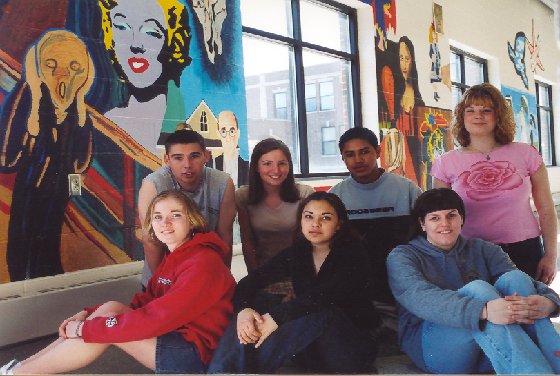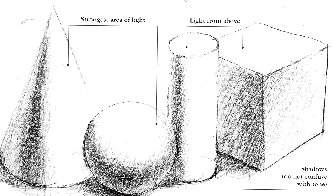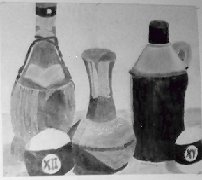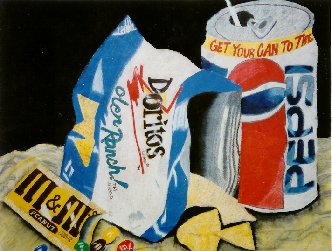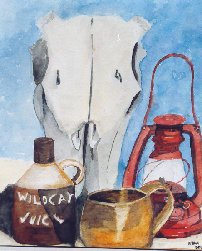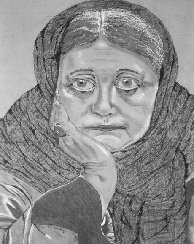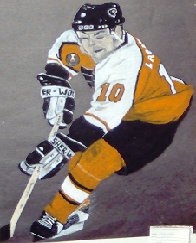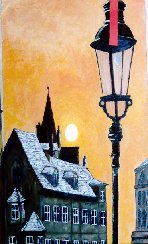| Assessment : | Acceptable Performance Level |
| Completed art projects. | 3.0-4.0 Average on completed work. |
| 5-7 pieces of artwork for the May Art Show. | 3.0-4.0 Average on report card (90-100 grade point average for two six week terms) |
CONTENT SEQUENCE
(40 WEEK MEETING) |
PERFORMANCE INDICATORS
(High School) |
METHOD OF ASSESSMENT
|
ACHIEVED PERFORMANCE LEVELS
|
| Drawing the Cubic Form | 1C, 2A, 2B, 3B, 4A | Rubric | 3-4 Proficient/Mastery |
| Drawing the Cylindrical Form | 1C, 2A, 2B, 3B, 4A
|
Rubric | 3-4 Proficient/Mastery |
| Drawing the Conical Form | 1C, 2A, 2B, 3B, 4A | Rubric | 3-4 Proficient/Mastery |
| Drawing the Spherical Form | 1C, 2A, 2B, 3B, 4A | Rubric | 3-4 Proficient/Mastery |
| Drawing the Still Life | 1B, 1C, 2A, 2B, 3B, 4A, 4B | Rubric | 3-4 Proficient/Mastery |
| Drawing the Human Face | 1A, 2A, 3B, 4A | Rubric | 3-4 Proficient/Mastery |
| Drawing the Human Figure
|
1C, 2A, 2B, 3B, 4A | Rubric | 3-4 Proficient/Mastery |
| Drawing Architecture using two point perspective | 1B, 1C, 2A, 3B, 4A | Rubric | 3-4 Proficient/Mastery |
| Watercolor Painting | 1A, 1B, 1C, 2C, 3B, 4A | Rubric | 3-4 Proficient/Mastery |
| Acrylic Painting (Canvas) | 1A, 1B, 1C, 2C, 3A,3B, 4B | Rubric | 3-4 Proficient/Mastery |
| Tempera Painting | 1A, 1B, 1C, 3B, 4B | Rubric | 3-4 Proficient/Mastery |
| Wall Mural (Group) | 1A, 1B, 1C, 1D, 2C, 3A, 3B, 4A, 4B | Rubric | 3-4 Proficient/Mastery |
| Drawing/Painting Homework Journal (year long) | 1A, 1C, 2A, 2C, 3A, 3B,4A | Rubric | 3-4 Proficient/Mastery |
